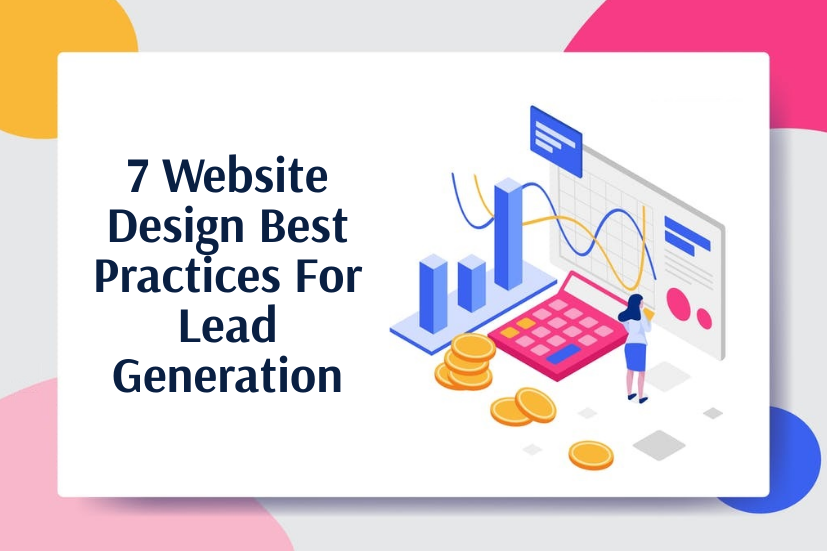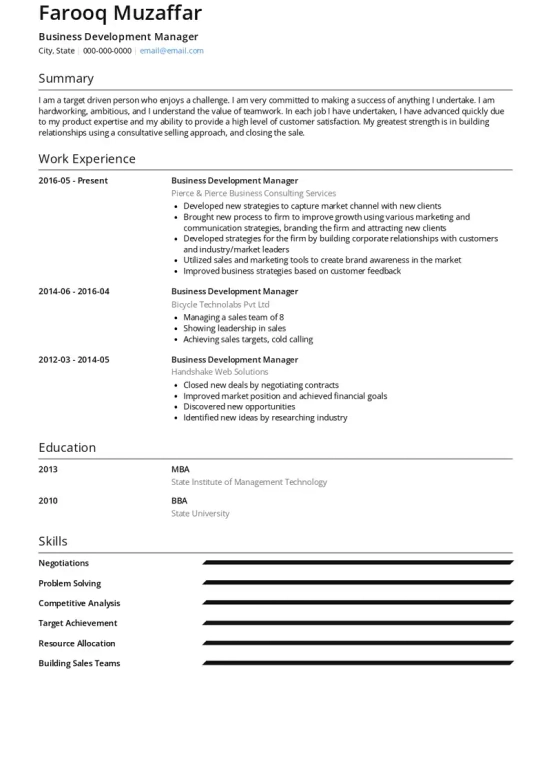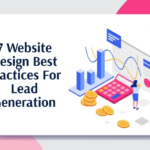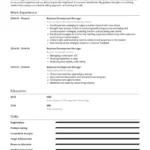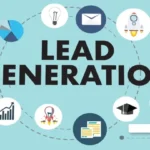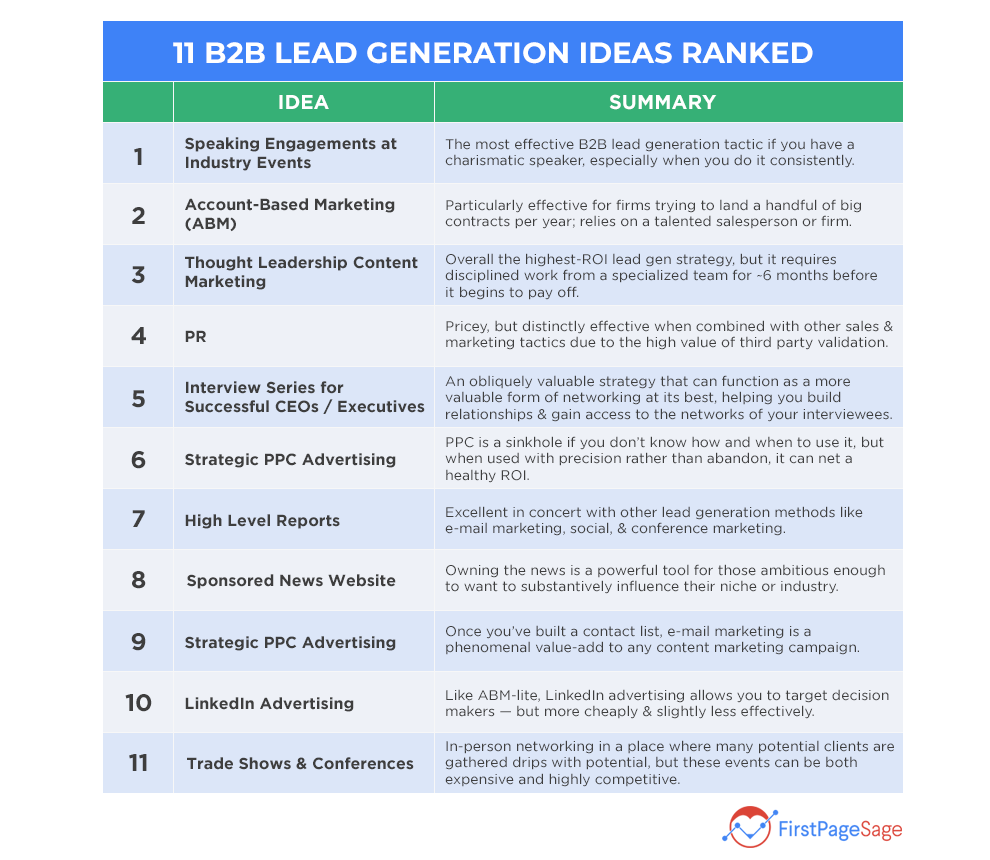
Generating leads is essential for any business. It drives growth and increases revenue.
Lead generation activities help identify potential customers. Effective strategies can boost your customer base. This blog post explores various methods to attract and convert leads. Whether you’re a small business owner or a marketing professional, understanding these activities is crucial.
From social media campaigns to email marketing, there are many ways to draw in prospects. By the end of this post, you’ll have actionable tips to enhance your lead generation efforts. Let’s dive into the world of lead generation and discover how to grow your business.
Introduction To Lead Generation
Lead generation is the process of attracting and converting strangers into potential customers. It is a crucial part of any business strategy. Without leads, businesses cannot grow or expand their customer base. This section will help you understand the importance and goals of lead generation.
Importance Of Lead Generation
Lead generation is vital for business growth. It helps businesses find new customers. New customers mean more sales and higher revenue. Without a steady flow of leads, a business may struggle to survive. Lead generation also helps in building brand awareness. When more people know about your business, it increases trust and credibility. It also allows businesses to target specific audiences. By focusing on the right leads, businesses can improve their marketing efforts. This results in better conversion rates.
Goals Of Lead Generation
The main goal of lead generation is to attract potential customers. These customers show interest in your products or services. Another goal is to collect valuable information. This information helps in understanding customer needs and preferences. Businesses use this data to create personalized marketing campaigns. Another goal is to build relationships with potential customers. Engaging with leads can convert them into loyal customers. Finally, lead generation aims to increase sales and revenue. By converting leads into customers, businesses can achieve their financial goals.
Identifying Target Audience
Identifying your target audience is crucial for effective lead generation. It helps you tailor your marketing efforts to attract and engage potential customers. By understanding who your ideal customers are, you can create relevant and personalized content that resonates with them. This section will guide you through the process of identifying your target audience, focusing on two key aspects: Market Research and Buyer Personas.
Market Research
Market research involves gathering and analyzing data about your industry, competitors, and customers. This process helps you understand market trends, customer needs, and preferences. Here are some steps to conduct effective market research:
- Identify your industry trends.
- Analyze your competitors.
- Conduct surveys and interviews.
- Study customer reviews and feedback.
Use this data to identify gaps in the market and opportunities for your business. Knowing what your competitors are doing can help you differentiate your offerings.
Buyer Personas
Buyer personas are fictional representations of your ideal customers. They are based on real data and insights gathered from your market research. Creating detailed buyer personas helps you understand your customers’ needs, preferences, and behaviors. Here’s how to create effective buyer personas:
- Collect demographic information such as age, gender, income, and education.
- Identify their goals, challenges, and pain points.
- Understand their buying behavior and decision-making process.
- Determine their preferred communication channels and content types.
Use this information to create detailed profiles for each persona. This will help you tailor your marketing messages and strategies to better meet their needs.
| Element | Description |
|---|---|
| Demographics | Age, gender, income, education |
| Goals | What they want to achieve |
| Challenges | Problems they face |
| Behaviors | Buying habits, decision-making process |
| Communication Channels | Preferred ways to receive information |
Identifying your target audience is a critical step in lead generation. With thorough market research and detailed buyer personas, you can create targeted marketing campaigns that resonate with your audience and drive more qualified leads.
Content Marketing Strategies
Lead generation is crucial for any business. Content marketing strategies are one of the most effective ways to attract potential customers. By creating valuable and engaging content, you can generate leads and build trust with your audience.
Blogging
Blogging is a powerful tool for lead generation. It helps to attract visitors to your website. By writing informative and relevant blog posts, you can address the needs of your target audience. Use keywords to improve your search engine ranking.
Keep your blog posts short and engaging. Use bullet points, lists, and tables to make your content easy to read. Here’s an example:
- Identify the problems of your audience
- Provide solutions with your content
- Include a call-to-action (CTA)
Encourage readers to subscribe to your newsletter. Offer exclusive content or discounts to gain more leads.
Ebooks And Whitepapers
Creating ebooks and whitepapers is another effective strategy. These long-form content pieces provide in-depth information on a specific topic. They are valuable resources that can help you build authority in your industry.
Offer ebooks and whitepapers for free in exchange for contact information. This allows you to collect leads while providing value to your audience. Use tables and graphs to present data clearly. Here’s an example table for an ebook download page:
| Title | Description | Download Link |
|---|---|---|
| Ultimate Guide to SEO | Learn the basics of SEO and improve your website ranking. | Download Now |
Make sure your ebooks and whitepapers are well-designed and easy to read. Use simple language and avoid technical jargon. Include visuals like images and infographics to make the content engaging.
Social Media Engagement
Social media engagement plays a crucial role in lead generation activities. It helps businesses connect with their audience, build relationships, and drive more leads. Effective social media engagement involves a mix of organic posts and paid advertising. Let’s explore how these methods can boost your lead generation efforts.
Organic Posts
Organic posts on social media are free and can reach a large audience. They include regular updates, images, videos, and stories. These posts help in building brand awareness and trust. Engaging content encourages likes, shares, and comments. This engagement increases visibility and attracts potential leads.
Sharing valuable content is key. Post tips, tutorials, and industry news. This positions your brand as an authority. Ask questions to spark conversations. Respond to comments to show your brand’s personality. Consistency is important. Regular posting keeps your audience engaged and interested.
Paid Advertising
Paid advertising on social media targets specific audiences. It includes sponsored posts, banner ads, and video ads. These ads appear in users’ feeds, stories, and sidebars. Paid ads can drive immediate traffic to your site. They help reach people who may not follow your page yet.
Creating effective ads is important. Use clear, compelling messages. Include strong calls to action. Make sure your visuals are eye-catching. Test different formats and monitor performance. Adjust your strategy based on results. Paid advertising can complement your organic efforts, boosting overall lead generation.
Email Marketing Techniques
Email marketing remains one of the most effective lead generation activities. By using the right techniques, businesses can attract and engage potential customers. This section will explore two key email marketing techniques: Segmentation and Personalization.
Segmentation
Segmentation involves dividing your email list into smaller groups. These groups share common characteristics. This approach helps to target your audience more effectively.
Here are some ways to segment your email list:
- Demographics: Age, gender, income level
- Geographic: Location, time zone, language
- Behavioral: Purchase history, email engagement, website activity
- Psychographic: Interests, values, lifestyle
By segmenting your email list, you can send more relevant content. This increases the chances of engagement and conversion.
Personalization
Personalization means tailoring your emails to each recipient. This makes the emails feel more personal and engaging.
Consider the following personalization techniques:
- Use the recipient’s name: Addressing subscribers by their name adds a personal touch.
- Send relevant content: Use segmentation data to send content that matches the recipient’s interests.
- Customized subject lines: Create subject lines that speak directly to the recipient’s needs or interests.
- Behavior-triggered emails: Send emails based on the recipient’s actions, like abandoned cart reminders or post-purchase follow-ups.
Personalization can significantly improve your email open rates and engagement. It shows that you understand and care about your customers’ needs.
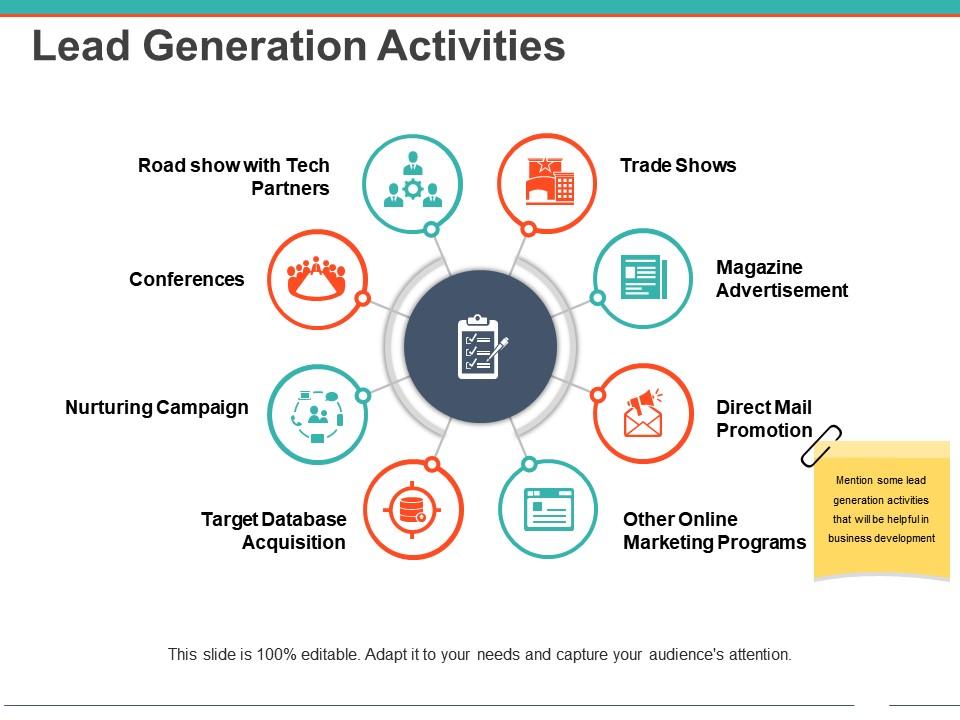
Credit: www.slideteam.net
Utilizing Seo
Lead generation is vital for any business. One effective method is utilizing SEO. Search Engine Optimization (SEO) ensures your website ranks higher on search engines. This brings more organic traffic and potential leads. Let’s explore key activities within SEO.
Keyword Research
Keyword research is the first step in SEO. It helps you identify the terms your audience uses. Tools like Google Keyword Planner assist in finding relevant keywords.
Here’s a simple table to illustrate:
| Keyword | Search Volume | Competition |
|---|---|---|
| Lead generation tips | 1000 | Medium |
| Best SEO practices | 500 | Low |
Use keywords with high search volume and low competition. This brings more traffic. Be sure to integrate these keywords naturally into your content.
On-page Seo
On-page SEO involves optimizing individual web pages. This improves their ranking on search engines.
Key activities include:
- Using title tags effectively
- Writing meta descriptions that include keywords
- Adding alt text to images
- Ensuring URL structure is clean and keyword-rich
Here’s an example of a good meta description:
Use headings (H1, H2, H3) to structure your content. This helps search engines understand your page. Also, make sure your content is valuable and engaging. Visitors should find it informative and easy to read.
Leveraging Paid Ads
Leveraging paid ads can boost your lead generation activities. Paid ads allow you to target specific audiences. They deliver your message directly to potential customers. This approach can enhance visibility and drive more leads to your business. Let’s explore two effective methods: Google Ads and Social Media Ads.
Google Ads
Google Ads is a powerful tool for lead generation. It lets you target users who search for specific keywords. You can set your budget and control spending. Google Ads also provides detailed analytics. This helps you understand which ads perform best. You can adjust your strategy based on these insights.
Social Media Ads
Social Media Ads are another effective lead generation tool. Platforms like Facebook, Instagram, and LinkedIn offer targeted advertising. You can reach users based on demographics, interests, and behaviors. This precision increases the chance of attracting the right leads. Social media ads also foster engagement. Users can interact with your content and share it with others. This can expand your reach even further.
Analyzing And Optimizing
Lead generation is not a one-time task. It requires constant analysis and optimization to improve results. This section will cover two key strategies: Tracking Metrics and A/B Testing. Both are crucial for understanding what works and what doesn’t.
Tracking Metrics
To start, you need to track the right metrics. These metrics help measure success and identify areas for improvement.
- Conversion Rate: The percentage of visitors who become leads.
- Click-Through Rate (CTR): The percentage of people who click on your call-to-action (CTA).
- Cost Per Lead (CPL): The amount you spend to acquire a new lead.
- Lead Quality: The potential value of a lead to your business.
Use tools like Google Analytics to track these metrics. Regularly review the data to spot trends and make informed decisions.
A/b Testing
A/B testing involves comparing two versions of a web page or CTA to see which performs better. This is a powerful method to optimize your lead generation efforts.
- Identify the Element to Test: Choose one element to test, such as a headline, CTA, or form.
- Create Two Versions: Version A is the current version, and Version B has a small change.
- Run the Test: Split your traffic equally between the two versions.
- Analyze the Results: Determine which version performed better based on your metrics.
Keep tests simple. Test one element at a time to isolate the impact of each change.
Both tracking metrics and A/B testing are essential for optimizing lead generation activities. They provide the data needed to make smart decisions and improve results.
Building A Lead Nurturing Funnel
Building a lead nurturing funnel is essential for converting leads into customers. It involves guiding potential customers through a series of steps until they are ready to make a purchase. This process helps keep your leads engaged and informed.
Lead Scoring
Lead scoring is a method used to rank leads based on their readiness to buy. By assigning points to different actions, you can identify which leads are most likely to convert. For example, visiting a pricing page might earn a lead 10 points, while downloading a whitepaper might earn them 5 points.
Here is a simple table to illustrate:
| Action | Points |
|---|---|
| Visit pricing page | 10 |
| Download whitepaper | 5 |
| Subscribe to newsletter | 3 |
By tracking these points, you can prioritize leads and focus your efforts on those most likely to convert.
Automated Workflows
Automated workflows are sequences of actions triggered by specific events. These workflows help nurture leads without manual intervention. For instance, when a lead downloads a whitepaper, an automated workflow can send them a follow-up email with more information.
Here is an example of an automated workflow:
- Lead downloads whitepaper.
- System sends a thank-you email.
- Three days later, lead receives an email with related blog posts.
- One week later, lead gets an invitation to a webinar.
Automated workflows save time and ensure consistent communication with leads. They help build trust and keep leads engaged throughout the buying process.

Credit: www.slidegeeks.com
Collaborating With Influencers
Collaborating with influencers can significantly boost your lead generation activities. Influencers have a dedicated audience that trusts their recommendations. By partnering with the right influencers, you can reach a broader audience and generate more leads. Let’s dive into how you can find and partner with influencers effectively.
Finding Influencers
Identifying the right influencers is crucial. Start by researching influencers who align with your brand values. Use tools like BuzzSumo and FollowerWonk to discover influencers in your niche. Look for influencers with high engagement rates, not just a large following. Engagement often translates to trust and loyalty from their audience.
Here are some tips for finding influencers:
- Check their social media profiles for content quality and authenticity.
- Read their audience’s comments to gauge engagement.
- Verify their follower count against their engagement rate.
Create a list of potential influencers and analyze their content and audience fit. This will help you choose the best partners for your brand.
Partnership Strategies
Effective partnership strategies can make a big difference in your lead generation efforts. Once you have identified suitable influencers, approach them with a clear and compelling proposal. Offer them something valuable in return, such as free products, exclusive access, or monetary compensation.
Here are some partnership strategies:
- Sponsored Content: Pay influencers to create content promoting your products or services.
- Product Reviews: Provide influencers with your products and ask them to review and share their honest opinions.
- Giveaways and Contests: Partner with influencers to host giveaways or contests, encouraging their audience to engage with your brand.
Each strategy has its own benefits. Choose the one that aligns best with your goals and budget. Always track the performance of your influencer campaigns to measure their effectiveness.
Credit: blog.powr.io
Conclusion
Effective lead generation activities boost your business growth. Focus on quality leads. Use social media, email marketing, and content creation. Engage your audience consistently. Test and refine your strategies. Measure results to understand what works. Adapt to changes in your industry.
Stay updated with new trends. Prioritize building relationships. With the right approach, lead generation becomes manageable. Turn prospects into loyal customers. Keep your methods simple and clear. Your business will see success over time.
